We need clean water to survive. But we don’t only use water for drinking. We wash in it, clean with it, and use it to produce everything from clothing to food. We have access to water either by tap or bottled water, however we don’t realize how scarce this natural resource is and putting a great strain on water demand. All commercial sectors depend on water and daily drinking water flowing through the economy. Due to overpopulation, bad economics and lack of sustainable management, it has put risk and question for the future of water. We all should aim for the same goal which is a sustainable green future. In order to do so, we must all be aware of the waste issues.
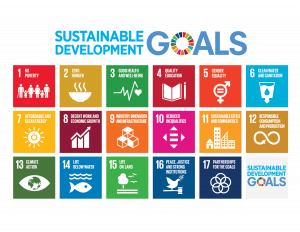
According to the Sustainable Development Goals, clean water and sanitation is a major element in order to reach a green future. We have been improving the water impact, however is it enough for us to reduce our footprint on the planet? We must be aware of where the water footprint is unsustainable and where it is causing environmental, economic and social damage. Some countries are leading in the supply of clean water and are rich in resources. If we commit just a little extra effort each day, we as a whole can make a difference.
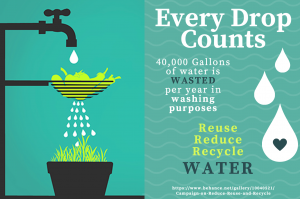
Reducing waste in your home or business means that we reduce the amount of water that has been treated and filtered. This is so because every drop of water is crucial because we waste it necessarily. If we know more about how to reuse water and reduce water waste to a minimum, we will see the impact that the entire society influences. Water that goes straight down the drain without being properly used is a waste and it is costly to you, the environment and us. Conserving water now allows cities and regions to plan for more efficient use of the water resources in the future. To have a more sustainable future and for future generations, cities and creative enterprises have to solve how to clean and preserve water on the planet. Hence, some companies and entrepreneurs have already been involved in saving the future of sustainable water resources. LifeStraw is a portable filter that can be used to clean out almost any source of water. Their mission is to make contaminated water safe to drink. Boxed Water company helps reduce the waste of plastic bottles by choosing an eco-friendly alternative packaging. For helping us save water wasted in the shower, Water Pebble is a device that times you in the shower and warns you when you are using up too much. There are many more companies and organizations that help with reducing the amount of water we waste, cleaning contaminated water with smart technology, and educating the people to be more resourceful on how to use water properly.
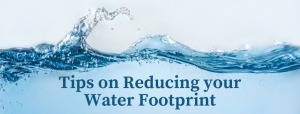
1) Turn off the tap as much as possible!
When you are brushing your teeth, washing your face or simply washing off something, try to turn off the tap as much as you can. Leaving the water on needlessly is being very wasteful!
2) Surprisingly, use the dishwasher instead of by hand.
Some people thinking rinsing off dishes themselves saves water and energy, however, nowadays the dishwashers are created to save energy and water when washing a full load of dishes. The same goes for laundry. When doing the laundry, we must remember to do full loads and try to use the eco setting mode to save water.
3) Install low flow fixtures.
Low flow fixtures can be installed in your showers, toilets, faucets and pretty much anywhere else where the water pours out from. Advanced technology and well designed systems help reduce the amount of water being poured out and wasted.
4) Build a rain barrel.
By collecting the runoff water from the gutters and roofs, a rain barrel can hold between 50-80 gallons, and then be used later for watering. Collecting the rain water for garden purposes and washing will help you save money and the environment!
5) Stop Drinking Bottled Water! Drink (filtered) Tap water!
If we care about plastic waste, why can’t we stop drinking bottled water? The USA is one of the largest markets for buying bottled water. Why? It is because for the convenience or because we don’t trust how safe it is to drink our own tap water. It is important to start drinking filtered water from the tap, in order to reduce the waste of plastic water bottles and save money on producing and spending on making plastic water bottles. It is time to give up the plastic bottle and even some corporations are embracing this as their mission for making sustainable and eco-friendly products.
Bottled – Bottled water takes 2000 more energy to produce than tap water. The fact that it uses plastic bottles to store the water doesn’t help with the sustainability goals. Yes, bottled water is very convenient and let’s face it, you don’t have to haul a water filter pitcher around while driving and worry where you can refill it next. But there is an eco-friendly option to plastic bottles – purchase a reusable metal or glass container.
Tap Water – It is much cheaper to use tap water than bottled. In some places like in Switzerland, Denmark, and Germany the local tap water tastes pretty good and perfectly safe to drink from any tap. Even in the United States and Canada it is safe to drink tap water once a filter is set in the faucet and checked regularly. Some people just simply “don’t like the taste” however it is the same from a plastic water bottle, if not even better. It can easily be improved by using a water filter or adding citrus fruits for flavor.
I hope you enjoyed my article and stay tuned for the next post!
Bibliography
Escher, Anna, and Lora Kolodny. “Causes of the Global Water Crisis and 12 Companies Trying to Solve It.” TechCrunch, TechCrunch, 23 Mar. 2017, techcrunch.com/2017/03/22/causes-of-the-global-water-crisis-and-12-companies-trying-to-solve-it/.
“Sustainable, Development, United Nations, Rio+20, Decade, Water for Life, 2015, UN-Water, United Nations, MDG, Water, Sanitation, Financing, Gender, IWRM, Human Right, Transboundary, Cities, Quality, Food Security.” United Nations, United Nations, 2015, www.un.org/waterforlifedecade/water_and_sustainable_development.shtml.
“Water and Sanitation – United Nations Sustainable Development.” United Nations, United Nations, www.un.org/sustainabledevelopment/water-and-sanitation/.
Image Source: https://www.behance.net/gallery/10040521/ Campaign-on-Reduce-Reuse-and-Recycle
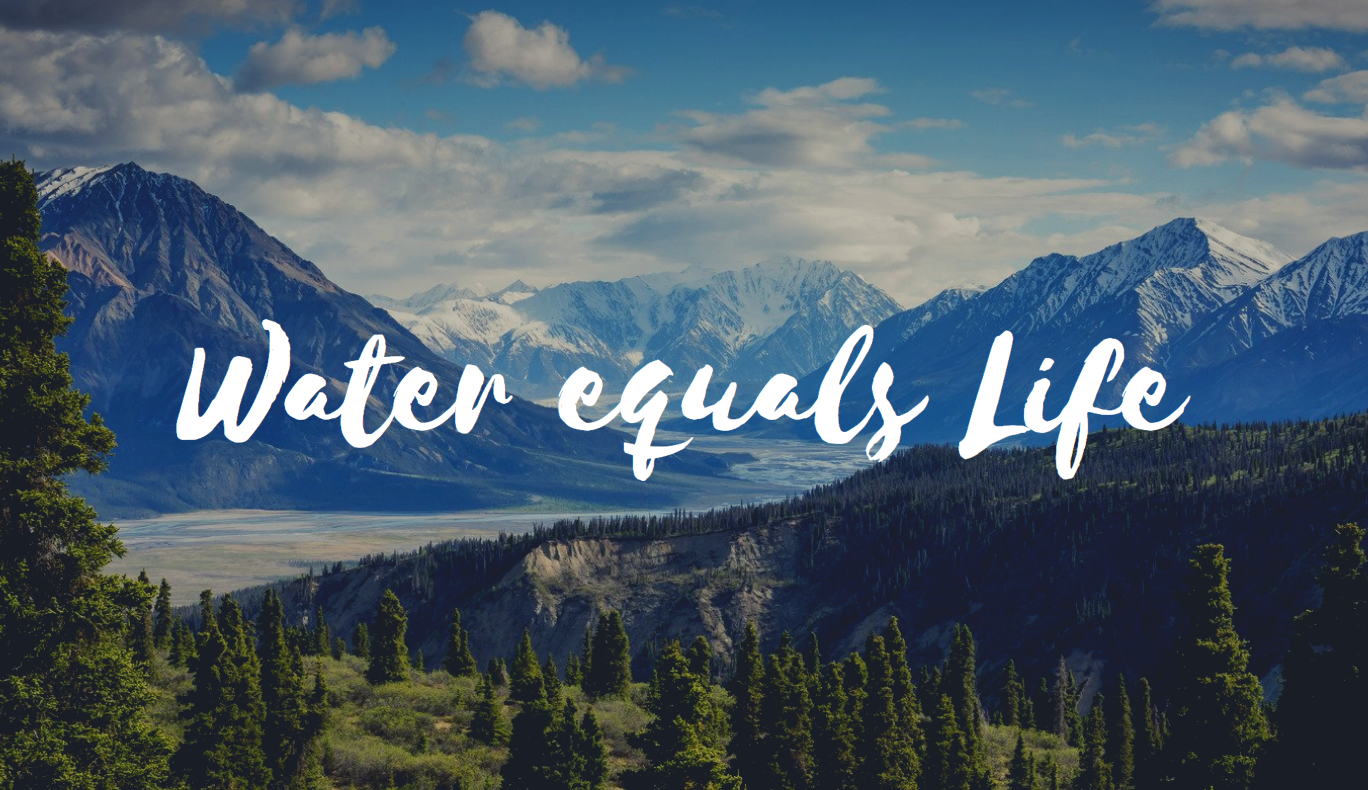

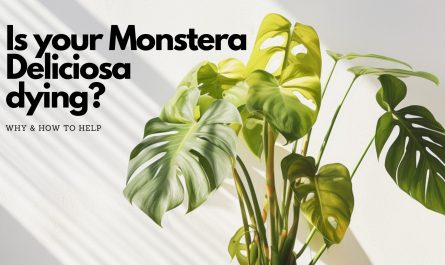
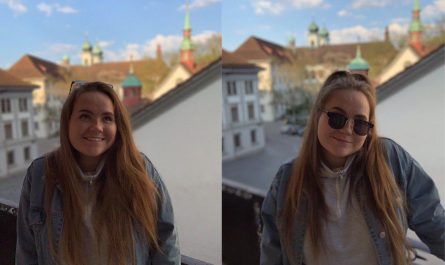
Nice article.. especially since the human body contains 60% of water.
Nice article! Great tips to take care of our water resources! Looking forward to read more!
Great tips! Thanks for sharing
I really like your blog topic. I think it is important to start with ourselves.
I like when companies use new technologies to try to optimize the use of resources – public bathrooms in Zurich train station spray tap water (instead of letting it run freely) to reduce its waste. I wish there were more solutions like this.